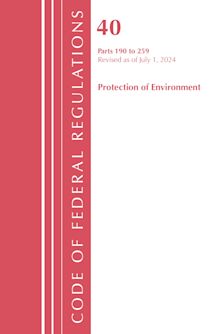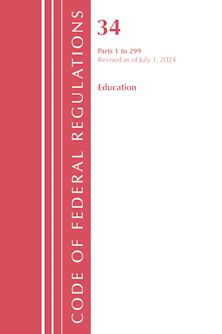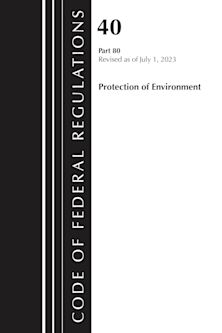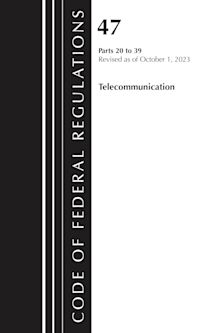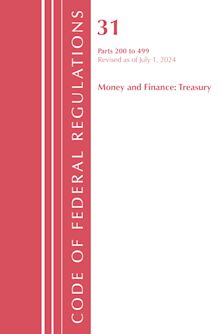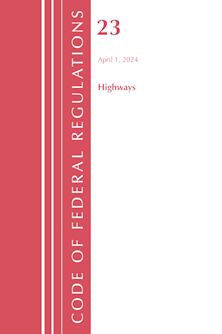- Home
- ACADEMIC
- Law
- Constitutional and Administrative Law
- Governance by Numbers
Governance by Numbers
The Making of a Legal Model of Allegiance
Governance by Numbers
The Making of a Legal Model of Allegiance
This product is usually dispatched within 1 week
- Delivery and returns info
-
Free CA delivery on orders $40 or over
You must sign in to add this item to your wishlist. Please sign in or create an account
Description
The West's cherished dream of social harmony by numbers is today disrupting all our familiar legal frameworks - the state, democracy and law itself. Its scientistic vision shaped both Taylorism and Soviet Planning, and today, with 'globalisation', it is flourishing in the form of governance by numbers. Shunning the goal of governing by just laws, and empowered by the information and communication technologies, governance champions a new normative ideal of attaining measurable objectives. Programmes supplant legislation, and governance displaces government.
However, management by objectives revives forms of law typical of economic vassalage. When a person is no longer protected by a law applying equally to all, the only solution is to pledge allegiance to someone stronger than oneself. Rule by law had already secured the principle of impersonal power, but in taking this principle to extremes, governance by numbers has paradoxically spawned a world ruled by ties of allegiance.
Table of Contents
1. In Search of a Machine of Government
2. The Fortunes of an Ideal: Ruling by Law
3. Other Perspectives on Law
4. The Dream of Social Harmony by Numbers
5. The Development of Normative Uses of Quantification
6. The Law Geared to Numbers: From the Gosplan to the Total Market
7. Calculating the Incalculable: The Law and Economics Doctrine
8. The Encroachment of Governance on Law
Part Two: From Governance by Numbers to Ties of Allegiance
9. The Limits of Governance by Numbers
10. The Withering-Away of the State
11. The Return of 'Rule by Men'
12. 'Genuinely Human Work in Humane Conditions' I: From Total Mobilisation to the Crisis of Fordism
13. 'Genuinely Human Work in Humane Conditions' II: From Quantified Exchange to Ties of Allegiance
14. The Structure of Ties of Allegiance
Product details
| Published | Nov 30 2017 |
|---|---|
| Format | Hardback |
| Edition | 1st |
| Extent | 336 |
| ISBN | 9781509907748 |
| Imprint | Hart Publishing |
| Dimensions | 234 x 156 mm |
| Series | Hart Studies in Comparative Public Law |
| Publisher | Bloomsbury Publishing |
About the contributors
Reviews
-
[T]he volume is an impressive tour de force which engages many disciplines in order to explain the main tenets of the model of governance by numbers. Its contribution to constitutional studies is remarkable as it links the rise of governance to a pervasive model of organization of many social and legal institutions.
Marco Goldoni, Glasgow University, International Journal of Constitutional Law
-
[A] highly readable if intellectually challenging effort to pin down the effects on law of the move to 'governance through numbers'.
David Nelken, Dickson Poon School of Law, King's College London, Journal of Law and Society

ONLINE RESOURCES
Bloomsbury Collections
This book is available on Bloomsbury Collections where your library has access.

















